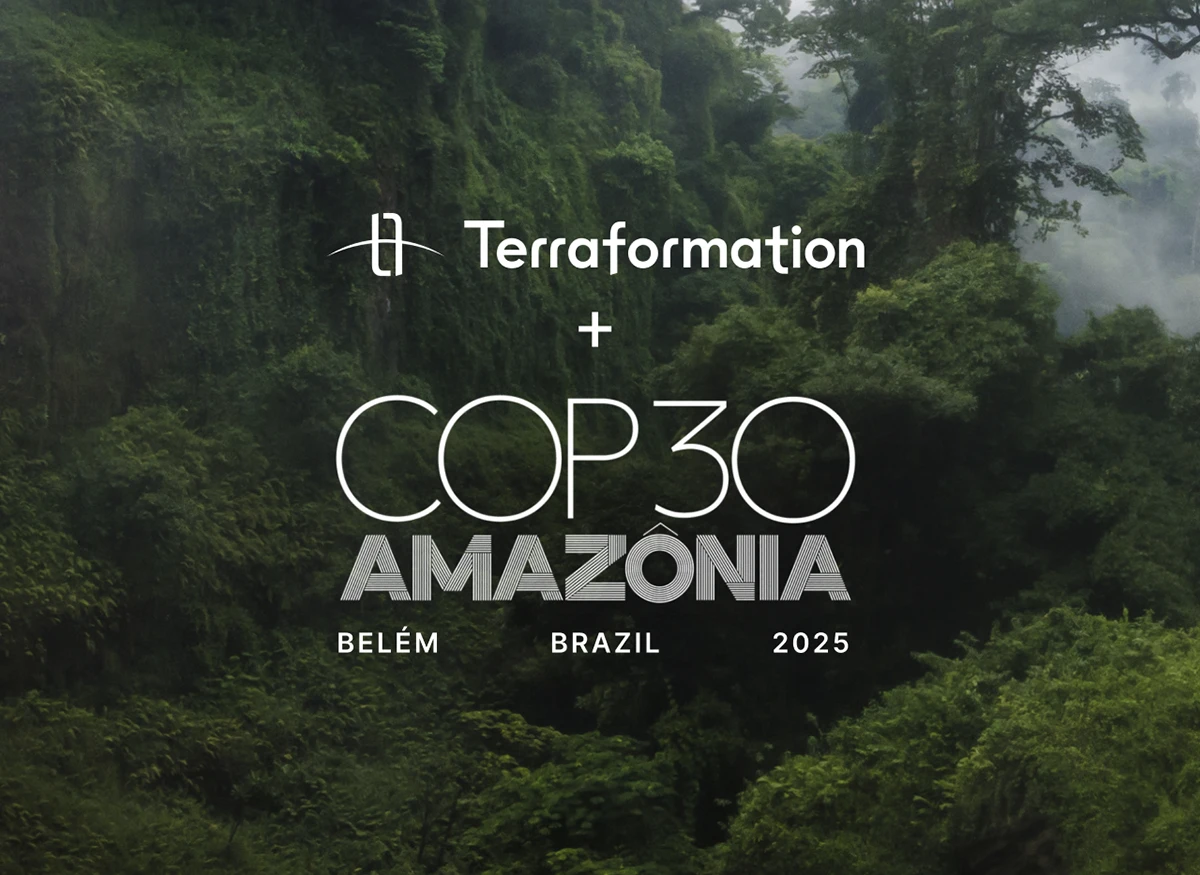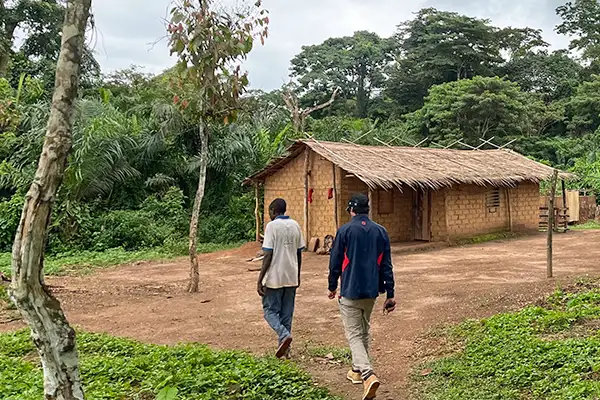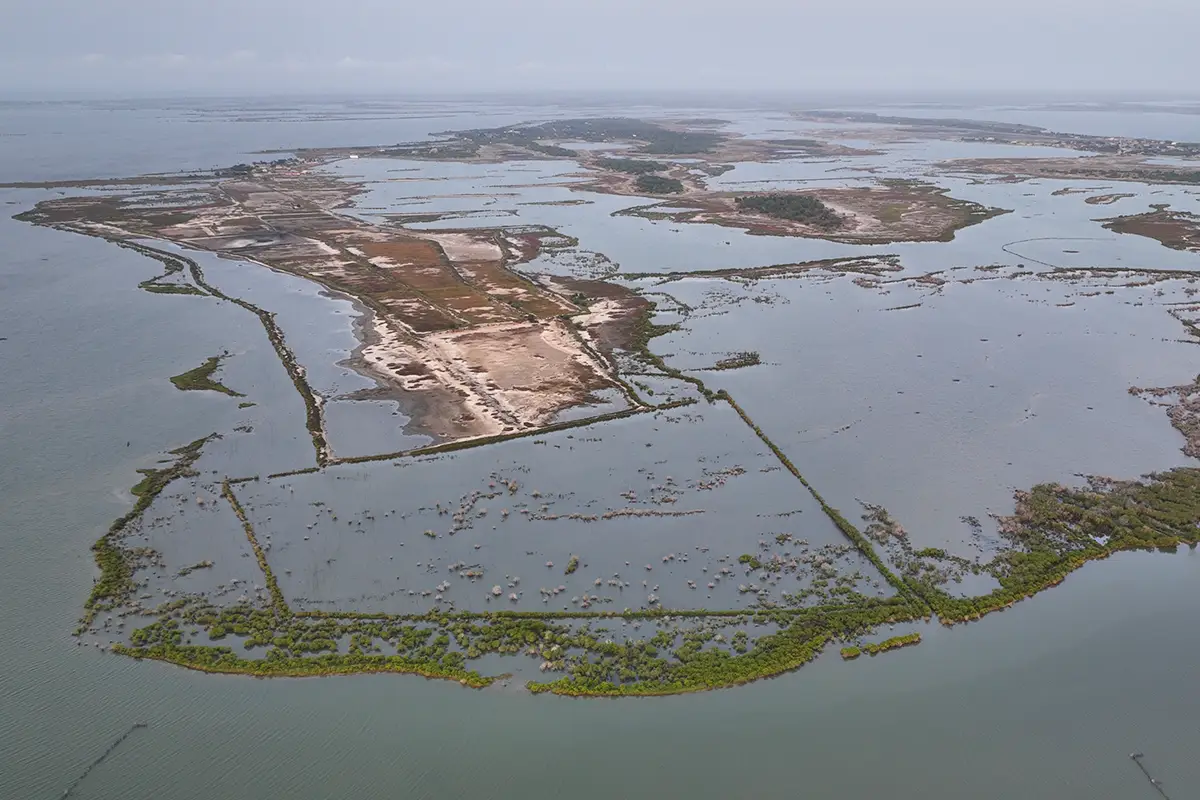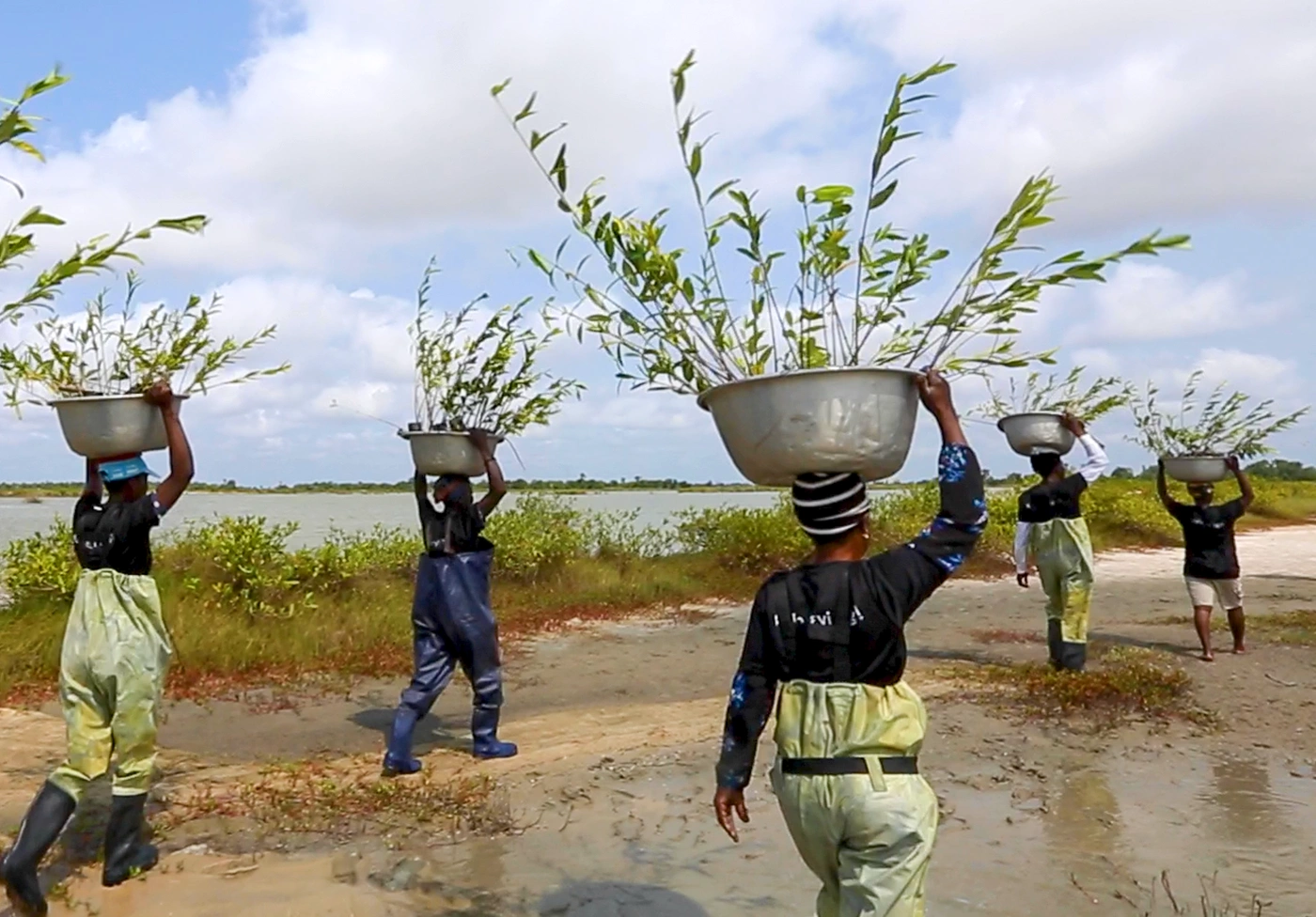Saving Africa’s Nature: Restoring Elephant Corridors and Ecological Balance in Tanzania

Our new partnership with Saving Africa’s Nature (SANA) will reforest 26 hectares in Tanzania’s Kikwati Wildlife Corridor, restoring a critical ecosystem for animals and humans alike. This project brings forestry tools, including Terraformation’s seed bank and nursery designs, to accelerate SANA’s ongoing restoration efforts in the area.
Reviving a biodiversity hotspot — and human–wildlife habitat
Sheltered by the Gongo Forest near the northeastern coast of Tanzania, the Kikwati corridor has been a migration path for thousands of years. Animals, mainly elephants and buffalo, use it to travel from Saadani National Park to the land now protected as Wami-Mbiki Wildlife Management Area.
The region has seen significant human population growth, and now approximately 17 communities live in close proximity to this path. SANA works with Gongo Village, a farming community of about 2,000 people.

Increased human activity and needs — including agricultural expansion, logging, poaching, and charcoal production — have encroached upon the Gongo Forest ecosystem and led to large-scale deforestation.
Elephants traveling the migration path often find themselves passing through farms, or smelling nearby maize fields and seeking them out. This creates conflict with local farmers, who can have their entire crop eaten overnight or a plantation of trees collapsed by the sheer force of a herd of elephants in search of food.

For more than a decade, SANA has worked to restore this delicate human–wildlife balance by addressing the core needs of education and income. The organization’s interconnected projects include providing clean water supply, farming economically viable crops such as chilis (rather than maize), and planting biodiverse species to regenerate the land. It also provides resources to the Gongo school and trains the local women’s group to create products to sell, including woven baskets, sustainable sanitary pads, and tie-dyed clothing.
“If we can restore the forest, this will help reduce the human-elephant conflict in the area while supporting climate action,” Fanuel Joseph, Project Director at SANA, said. “Our partnership with Terraformation seeks to engage the community in conservation and sustainable income generation activities, which will incentivize conservation long-term.”
The seed banks are critical for storing both native tree species and a small number of agricultural crops. SANA and Terraformation will train Gongo community members in seed banking and collection, nursery management, and agroforestry techniques. The project aims to increase local participation in the wildlife corridor’s restoration efforts by 50% by 2022.
Seed banking, nursery, and training to enable reforestation at scale
Terraformation will support SANA in solving two of the biggest restoration bottlenecks: lack of seed supply and lack of access to a nearby nursery.

Using Terraformation’s designs, local contractors have completed the solar-powered seed bank and nursery build. Both structures are located within Gongo Village so community members can collect and store seeds for themselves and nearby villages.

Photo: Saving Africa’s Nature
The first planting phase of the project began in the spring of 2022 and includes 80,000 plants of 30 native species, including fever tree, aloe, and hook tree. Community members will be trained in seed banking and nursery management — skills that will not only help scale planting efforts and restore this wildlife corridor but also provide a better economic incentive than growing maize.
“Our goal is to keep the entire community engaged in the restoration efforts,” Joseph said. “We want to make sure the community gets value from the restoration process so it is successful over many years.”
Once the seed bank build is completed and planting has begun, he believes the SANA project can serve as a restoration hub for the area and a model for other projects. While additional benefits, including agro-forestry income and eco-tourism, will grow as the forest is restored, the seed bank and nursery have already shown immediate success.
“We already have people asking us to expand the project to other areas because they already see what’s happening in Gongo,” Joseph said. “The land needs to be protected, and this is the right step in the right direction.”
Join our mission:
















